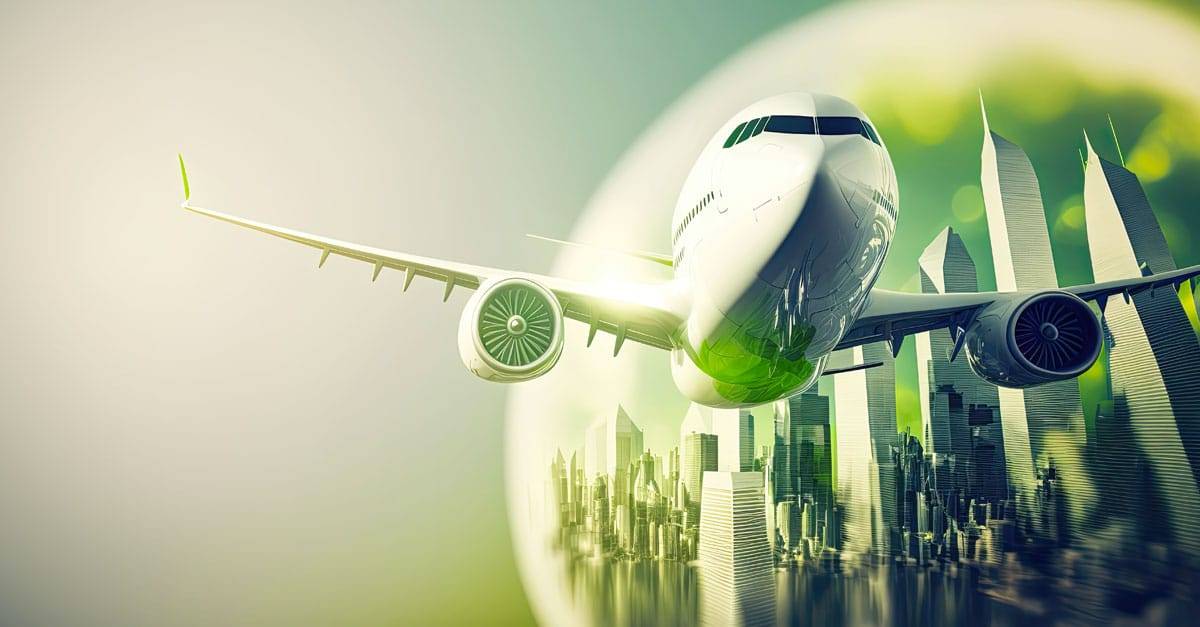Flying is a burden on the environment
In addition to public budgets, air traffic has a significant impact on the climate worldwide. Exhaust gases that harm the climate are released when paraffin is burned. The main components are water vapour, carbon dioxide, and nitrogen oxides. These substances have a greater effect in the air than on the ground and thus increase the greenhouse effect. Pollutants remain in the atmosphere for up to 100 years and cause environmental damage that no one can repair. One example shows how damaging air travel is for the climate: on a flight from Frankfurt to the Dominican Republic, about 2,8 tonnes of CO2 are released per passenger. In contrast, each person is likely to emit an average of only three metric tonnes of CO2 per year, with one metric tonne earmarked for mobility, in order to keep global warming within tolerable limits. People who regularly fly to the Caribbean and back have already significantly exceeded their annual budget for a climate-friendly trip.
International and domestic aviation contribute 3,1 percent to global CO2 emissions. So far, six nations (the USA, China, the UK, Russia, Japan, and Germany) have accounted for half of the world’s aviation CO2 emissions, with the USA alone accounting for a quarter. In total, 187 nations make up the second half. However, for some years now, demand for air transport to and from Asian regions has also been increasing.
Goals for sustainable air transport
The “Flight Path 2050” has been in force since the beginning of 2021 and aims to reduce CO2 emissions in Europe by 75 percent and NOx emissions by 90 percent per passenger kilometre by 2025. It is planned to reduce noise pollution by 65 percent.
Since 2021, the US Aviation Climate Goal has had a similar focus: to achieve net zero greenhouse gas emissions in the United States aviation sector by 2050. China has recently announced that it will reduce greenhouse gas emissions from its civil aviation by 2030.
Elevate Your Wealth Game: Empowering UHNWIs for Simplified Asset Management. Altoo Platform Preview
Battery-electric propulsion systems that enable zero-emission air travel are an important research focus to achieve these goals. Currently, the latest electric drive concepts are capable of operating smaller aircraft with up to 19 seats and a short range of about 600 kilometres. A considerable increase in range is expected in the coming years.
Sustainable fuels, which are produced from renewable raw materials and can replace fossil fuels, are an alternative to conventional paraffin. This category includes synthetic fuels and biofuels.
Hybrid drives, i.e., the combination of an electric drive with alternative fuels, are another option. Hybrid drives enable aircraft to take off and land exclusively electrically, which would at least make the flight carbon neutral.
There is a huge effort in the aviation industry to improve sustainability. Nothing is left out in terms of the use of materials, life cycle assessments, and innovative concepts and designs for aerospace. It is to be expected that not only more environmentally friendly travel will be offered but also new concepts to promote mobility in a way that has not been seen before.









